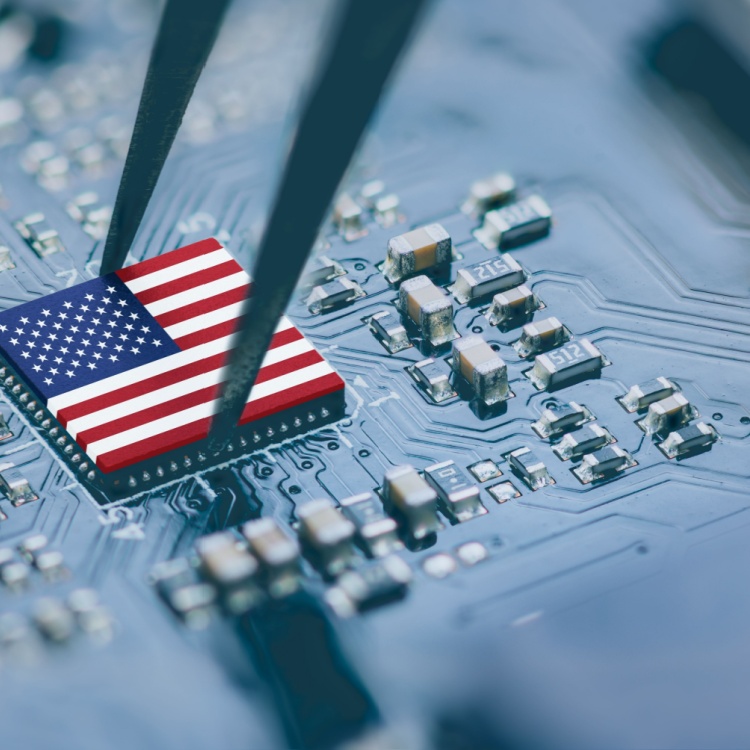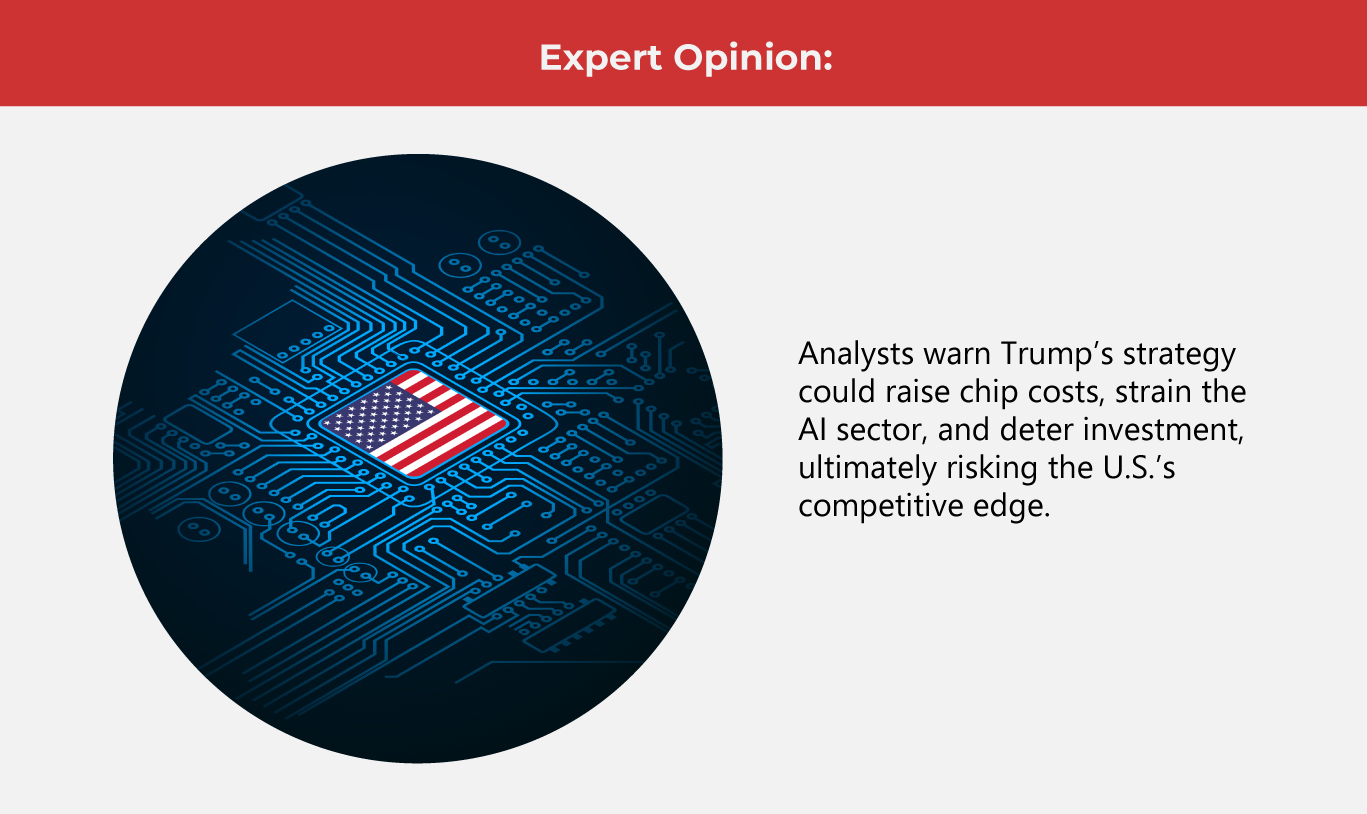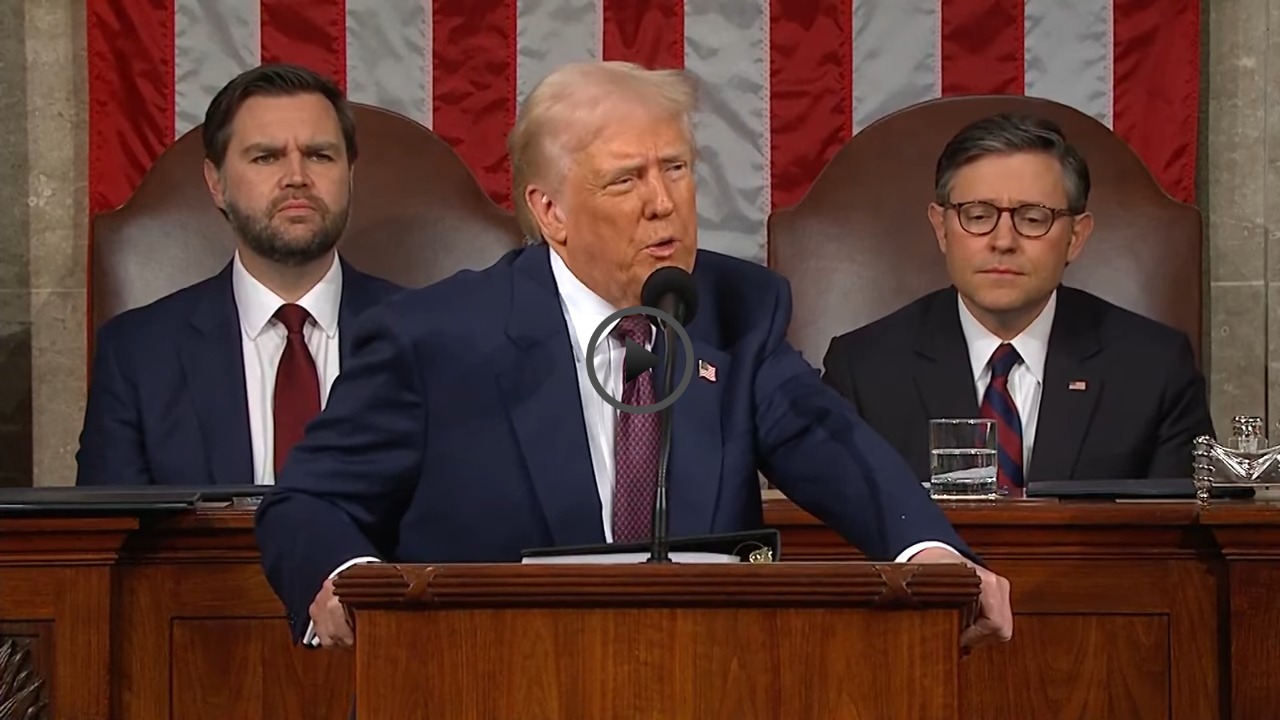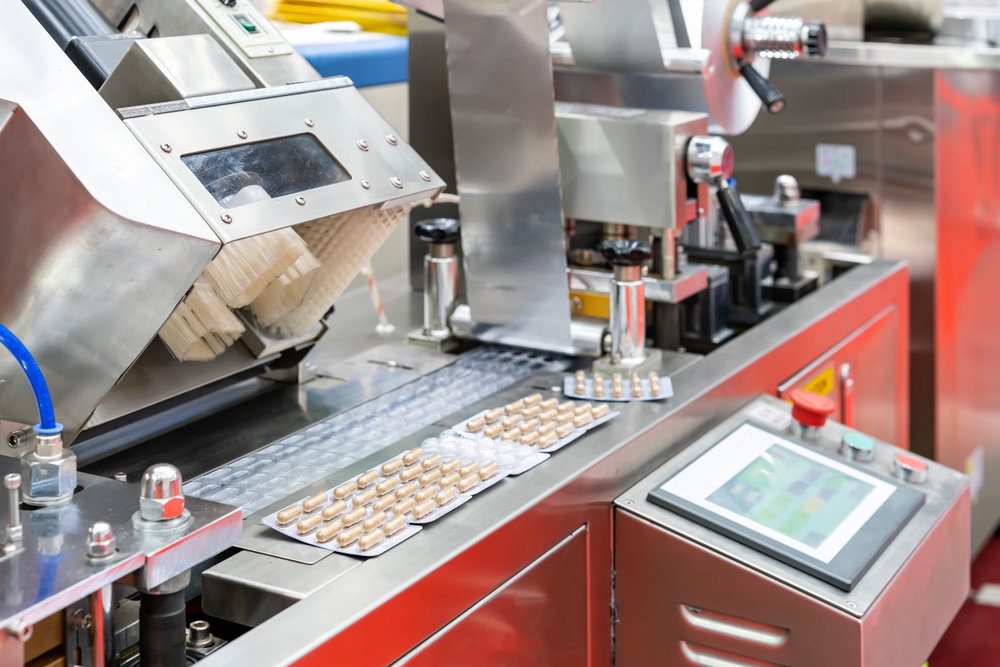What Happens to the CHIPS Act Now?

With Donald Trump winning the presidency, intense debate has reignited over the future of the CHIPS Act. As talk of renegotiation gains traction, industry experts are closely watching how potential policy shifts could reshape global manufacturing and disrupt the semiconductor sector.
Even if Trump promised to advance artificial intelligence (AI) in the U.S., his proposals to overhaul federal contracts with chipmakers and impose tariffs on foreign-made semiconductors could create new hurdles for the tech sector and industrial market. Since taking office, he’s pushed for reshoring chip production and has signaled intentions to dismantle the CHIPS and Science Act, with support from Republican allies.
Enacted in August 2022, the Act marked a major push by the Biden administration to revitalize domestic semiconductor production. Spurred by pandemic-era challenges that disrupted supply chain management, exposed vulnerabilities in chip supply, and triggered inflation, the legislation included $39 billion in manufacturing subsidies and $75 billion in lending authority to strengthen U.S. tech infrastructure and economic resilience.
Based on data from the U.S. Commerce Department, by August 2024, the CHIPS and Science Act had allocated $30 billion toward 23 projects across 15 states, paving the way for 115,000 new construction and manufacturing jobs. This funding has catalysed major private sector involvement and placed the United States on track to manufacture nearly a third of the globe’s most advanced semiconductors—a remarkable leap from zero production at the beginning of the Biden-Harris administration.
To strengthen national security and curb dependence on Asian supply chains, the administration committed tens of billions toward building domestic chip foundries. As part of that effort, the Commerce Department announced in August a $6.6 billion pledge to help Taiwan Semiconductor Manufacturing Co. (TSMC) expand its Arizona operations—marking a key step toward producing manufacturing solutions for cutting-edge microchips within the U.S. borders.
(Also read: Trump’s Tariffs: What Will Happen This 2025?)
CHIPS Act’s impacts
President Donald Trump recently described the Act as a wasteful expenditure, arguing that the funds have not delivered meaningful results. Trump advocated for repealing the legislation and proposed reallocating any unspent funds toward lowering the national debt.
"We don't have to give them money," declared Trump, proposing that simply avoiding new tariffs would be enough to encourage companies to build factories on American soil.
Under former Commerce Secretary Gina Raimondo, the Biden administration successfully persuaded all five top global semiconductor firms to establish U.S. manufacturing plants, using government grants to enhance product development and address national security concerns linked to imported chips.
In the closing stretch of the Biden administration, the Commerce Department approved over $33 billion in funding for major, future-ready semiconductor projects. Key beneficiaries included Micron, TSMC, Samsung, and Intel—each receiving significant support to strengthen semiconductor manufacturing, especially in the U.S.
Several policymakers have raised alarms that Trump might attempt to overturn legally binding semiconductor grant agreements established under the Biden administration.
Governor Kathy Hochul voiced support for the CHIPS and Science Act, citing its economic value and its role in drawing Micron’s major investment and tens of thousands of jobs to Central New York.
Meanwhile, TSMC revealed plans for a new $100 billion investment, which includes the construction of five additional chip plants across the U.S.
At a White House event, Commerce Secretary Howard Lutnick referenced the $6.6 billion grant previously awarded to TSMC but clarified there were no plans to issue further subsidies, though the company continues to be eligible for a 25% tax credit on manufacturing initiatives. TSMC confirmed it had already received $1.5 billion from its grant package.
Responding to Trump’s remarks, Representative Greg Stanton condemned them as a direct threat to Arizona’s growing semiconductor sector, asserting that TSMC’s massive investment wouldn’t have been possible without the CHIPS Act.
Countering China
The White House has reportedly grown increasingly uneasy with chipmakers that received CHIPS Act subsidies, only to later unveil plans for sizable investments abroad—particularly in China. Though the legislation permitted limited foreign spending, recent moves by top firms have raised eyebrows in Washington, especially amid efforts to reduce reliance on overseas electronics exports.
Intel drew attention after securing a major CHIPS Act grant, and then announcing a $300 million investment in a testing and assembly plant in China just months later. Other major program beneficiaries—including TSMC, Samsung Electronics, and SK Hynix—also maintain extensive manufacturing operations in China, prompting concerns over the effectiveness of U.S. initiatives to strengthen domestic chip production and reclaim leadership in electronics exports.
Washington is reportedly preparing to revisit certain CHIPS Act agreements, with plans to reassess and potentially revise existing requirements. It remains unclear how extensive the changes might be or whether any revisions have already been initiated.
In a statement to Reuters, Taiwan-based GlobalWafers spokesperson Leah Peng confirmed that the CHIPS Program Office is reviewing specific terms across all direct funding agreements to ensure they align with President Donald Trump’s new executive orders and policy direction.
GlobalWafers, which has not received direct communication from Washington regarding any changes to its funding terms, is slated to receive $406 million through federal funding allocated to initiatives in Missouri and Texas. The company will only receive these subsidies once it reaches certain milestones later this year.
Potential effects of tariffs
Recently, TSMC convened its board meetings in the U.S., a notable shift from its usual routine. This came as former President Trump reiterated that companies must produce domestically—without government assistance—if they want to avoid steep tariffs.
In light of Trump’s threatened 100% tariff on chips, Taiwan dispatched two senior economic officials to Washington to engage in talks and attempt to ease the pressure.
If the Trump administration enforces new tariffs, experts caution that the impact on consumers could be swift and significant. Because semiconductors are essential in a wide range of modern devices—from smartphones and gaming systems to smart appliances and the automotive market—the increased costs would likely be passed along to buyers. Manufacturers are expected to struggle with absorbing the added expense, making price hikes on everyday tech products almost inevitable.
Even major players like Nvidia may not be immune to the fallout from tariffs. While their strong profit margins might cushion the blow in the short term, experts believe that over time, the impact will be felt across the manufacturing industry.
The broader outlook suggests no clear winners—except, perhaps, for countries that seize the moment to launch competitive incentives similar to the U.S. CHIPS Act, positioning themselves as more attractive alternatives in the global semiconductor race.
(Also read: Can Trump Break the EV Industry?)

As one of the Top 20 EMS companies in the world, IMI has over 40 years of experience in providing electronics manufacturing and technology solutions.
We are ready to support your business on a global scale.
Our proven technical expertise, worldwide reach, and vast experience in high-growth and emerging markets make us the ideal global manufacturing solutions partner.
Let's work together to build our future today.
Other Blog



